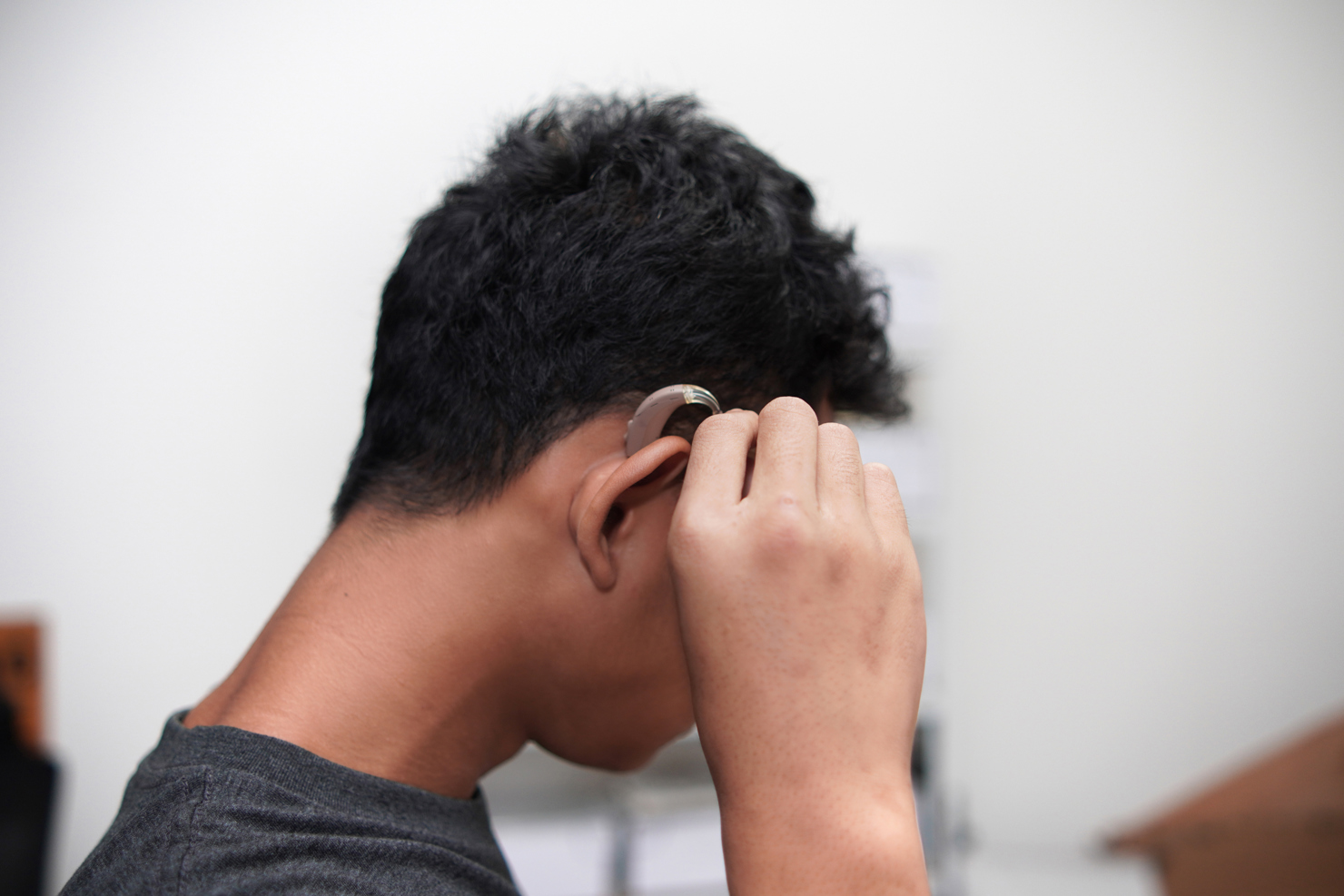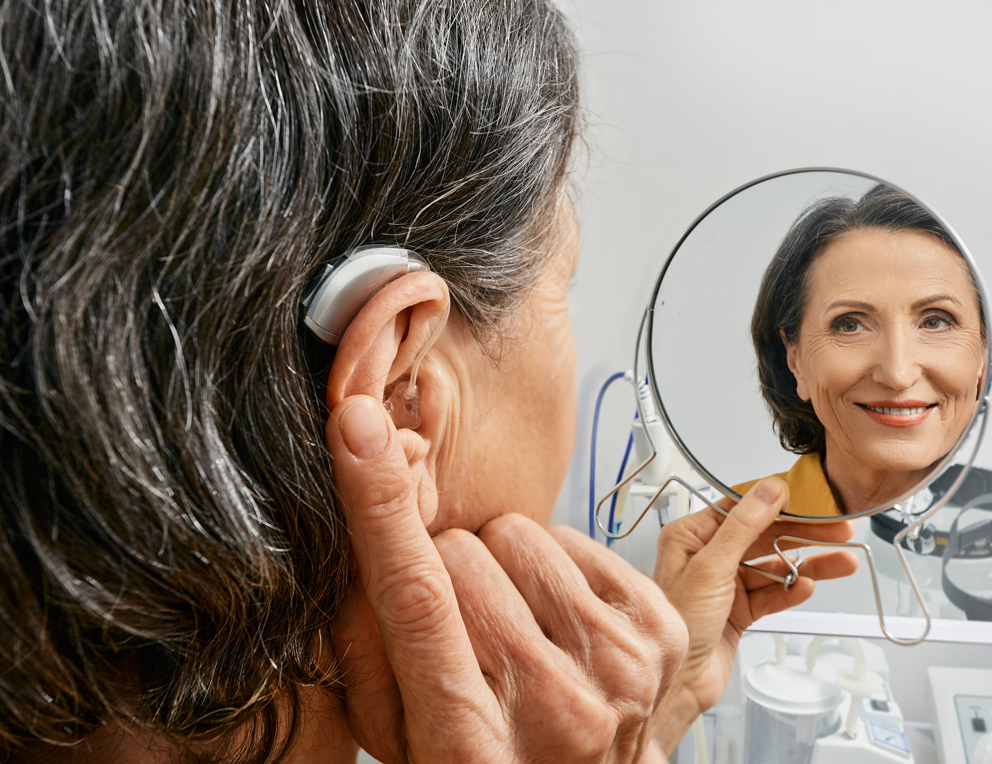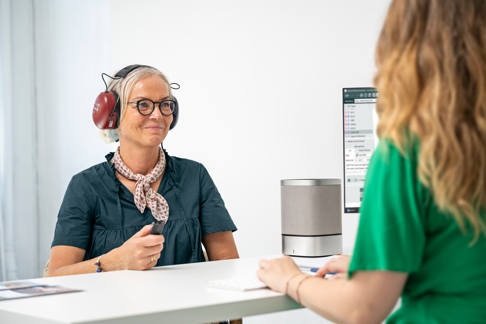
The need for change is not a reflection of what the industry is doing now—it’s about adapting to an inevitable shift. With a growing number of patients and a flat number of audiologists, continuing to do things the same way will not ensure that all patients receive the care they need, when and where they need it. Audiologists will need to work more efficiently than ever before to meet the growing demand of patients. With the right support and tools, these changes can bring significant benefits for both practitioners and their patients.
We will explain where change is expected, why it's needed, and how to embrace it so you can confidently deliver the best care experiences to every patient at all times.
Let's Dive Into How the Hearing Care Industry Looks Right Now

While the audiology industry is seeing many exciting advancements, it has traditionally been cautious about embracing change. Why is that? And what are the consequences of not evolving?
The reasons are likely due to multiple factors, including cultural or systemic resistance in clinics, the economic and operational challenges of adopting new technologies, and the fear of the unknown. However, as other hearing clinics embrace industry changes, if your practice doesn’t adapt, too, you risk being left behind. Remaining stagnant – and doing things the way you’ve always done them – can negatively impact patient care and clinic profitability.
For example, look at the hearing clinics that still use antiquated paper processes vs. those that have gone paperless. While tech solutions make it easy, efficient, and secure to go paperless, many audiology practices still haven’t made this transition because they may:
- Be overwhelmed at the thought of adopting new technologies and systems.
- Worry that they can’t afford it.
- Think they don’t have the time or resources necessary to research, implement, and learn new tech solutions.
But change is necessary and inevitable. Technological innovations and regulation changes are disrupting hearing care. Over the counter hearing aids and portable audiology equipment are making hearing care more accessible and convenient. And, as the number of people with hearing loss continues to rise, there simply aren’t enough trained audiologists to meet the growing need for hearing care around the world.
As we work to improve care for the estimated 466 million people worldwide with hearing loss, we must recognize why change is needed and embrace innovation – like the new technologies, equipment, regulations, trends, and other improvements that are allowing us deliver even better care (and products) to our patients.
Embrace Change! Don't Be Scared

As we see it, there are a number of areas that are currently changing and will continue to change the hearing care industry.
Tech / AI Advancements
Tech advancements are elevating audiology, and that's great news for both providers and patients. For instance, the rise of artificial intelligence (AI) in audiology, which is providing audiologists with better access to data and insights for more informed decision-making.
Additionally, AI can dramatically improve the devices’ performance, as well as patients’ experiences with their hearing aids, leading to increased satisfaction rates and improved patient experiences and outcomes. Other tech innovations include rechargeable hearing aids and wireless Bluetooth connectivity. All these changes will happen more rapidly than ever before due to AI, so staying up to date with the latest innovations in hearing aids is essential to providing the best, most personalized care to each patient.
OTC Hearing Aids Are a Big Development
The addition of over-the-counter (OTC) hearing aids is an amazing development for people with mild to moderate hearing loss. OTC hearing aids may improve convenience and accessibility, helping increase the number of people with hearing loss who get (and use) the devices.
Some audiologists may fear that OTC devices will eliminate the need for personal care, but that couldn't be further away from the truth. The caveat is that OTC hearing aids are not an appropriate solution for everyone with hearing loss, but it is a great solution to provide more accessible care to those in need.
OTC hearing aids are only intended for adults age 18+ and are not recommended for children, who should see an audiologist to be fitted for hearing aids and to have their progress monitored to ensure they’re hitting appropriate developmental milestones. Also, OTC hearing aids are not meant for people with severe hearing loss, who should see an audiologist for a hearing screening and appropriate solutions.
Additionally, the FDA’s recent approval allows Apple’s AirPods, to be marketed as hearing aids. While the AirPods’ capabilities have not changed, their new classification offers users an accessible starting point. Apple is also introducing innovative features, such as a fast and efficient hearing test, modeled on the Houston-Westlake test, which delivers results comparable to those provided by audiologists—assuming it’s conducted correctly. For added convenience, users can photograph their audiogram, upload it, and let Apple’s software automatically adjust their AirPods for an appropriate fit.
While AirPods and similar devices will never replace hearing aids, they can serve as an entry point for individuals who are reluctant to seek traditional care. Encouraging hesitant patients to try AirPods and other OTC hearing aids for amplification may help them adjust to the idea of using hearing aids in the future, leading to better outcomes.
These advancements are not meant to replace audiologists but to empower them and bridge the gap between demand and supply.
The Rising Need for Remote Care
Some patients are unable to physically come to hearing clinics to see their providers, due to health or mobility issues, transportation barriers, or other challenges. Luckily, audiologists can leverage portable equipment and provide remote care to patients at their homes.
At Auditdata we provide clinicians the option of portable hearing care in their communities. Our Measure suite offers portability, allowing clinicians to provide exceptional hearing care out in the community. With advanced features like precise diagnostic capabilities, Measure offers the most cutting-edge technology in a small, portable package. It’s never been easier to conduct hearing exams, and provide convenient, high-quality hearing care to your patients – wherever they are.
Overcome the Biggest Industry Challenges

In a recent World Report on Hearing, the World Health Organization (WHO) reported that one in five people worldwide live with hearing loss, and that statistic is expected to increase to one in four by 2050. Unfortunately, there’s a lack of trained audiologists to serve the growing proportion of people with hearing loss. In many countries, accessing hearing care is difficult due in large part to the lack of hearing care professionals. Among low-income countries, about 93% have fewer than one audiologist per million people.
Looking ahead, the demand for audiologists will continue to increase as the population and life expectancy grow. In the US alone, 40 million people have hearing loss. A top global challenge is the discrepancy between the number of audiologists and the number of people who need hearing care. We must work proactively to change this, enticing more people to pursue audiology careers, educate future hearing care professionals, and create a strong pipeline for a robust future workforce.
Looking Ahead
There are numerous and significant changes afoot in audiology, so don’t be reluctant to change! Stay up to date on tech solutions that could benefit your hearing clinic – and your patients.
Look towards an exciting future of hearing care. Join audiology associations, read trade publications, participate in webinars, attend events, listen to industry podcasts, take classes, and become more knowledgeable about technologies, tools, and trends in the audiology sector. While change can sometimes feel scary, it’s also exciting! Avoid feeling overwhelmed by industry changes and embrace the innovations that are making hearing care more accessible, convenient, and successful for all.
Other Blogs You Might Enjoy

Cybersecurity: Be Prepared – Not Scared: Strengthening Cybersecurity in Hearing Practices
While cybersecurity has become a pressing business issue, many audiology practices don’t have the necessary security measures in place to protect confidential data – including patients’ healthcare and financial information. Does yours?

Best Practices in Audiometry: Achieving Accurate and Consistent Results
Audiometric assessments play a crucial role in diagnosing and managing hearing disorders, making it essential to ensure that the results obtained are both accurate and consistent. This article explores the best practices in audiometry, offering a comprehensive guide to optimize the assessment process and enhance the reliability of outcomes.

9 Proven Tips to Improve Time Management in Hearing Practices
Time management skills in healthcare are critical because your staff is dealing with people’s well-being. In audiology, you’re always busy, and must work diligently and continuously to provide exceptional care and outstanding customer service. This blog outlines 9 proven tips to improve your time management skills and make the most of each day.
Don't Miss Out On the Latest Insights On Audiology
Sign up today to receive exciting updates, tips, and the latest newsletters from Auditdata.
Resources
⭐️ How Audiology Technology is Shaping Trends in Hearing Health
⭐️ Improving Satisfaction Rates for Hearing Aid Users
⭐️ Over the Counter (OTC) Hearing Aids: What’s Happened Since the FDA Ruling
⭐️ Where Are All the Audiologists?
⭐️ FDA approves Apple AirPods Pro 2 to be used as hearing aids
⭐️ Hearing health features with AirPods Pro 2
⭐️ WHO: 1 in 4 people projected to have hearing problems by 2050
⭐️ Future Job Outlook: Audiology